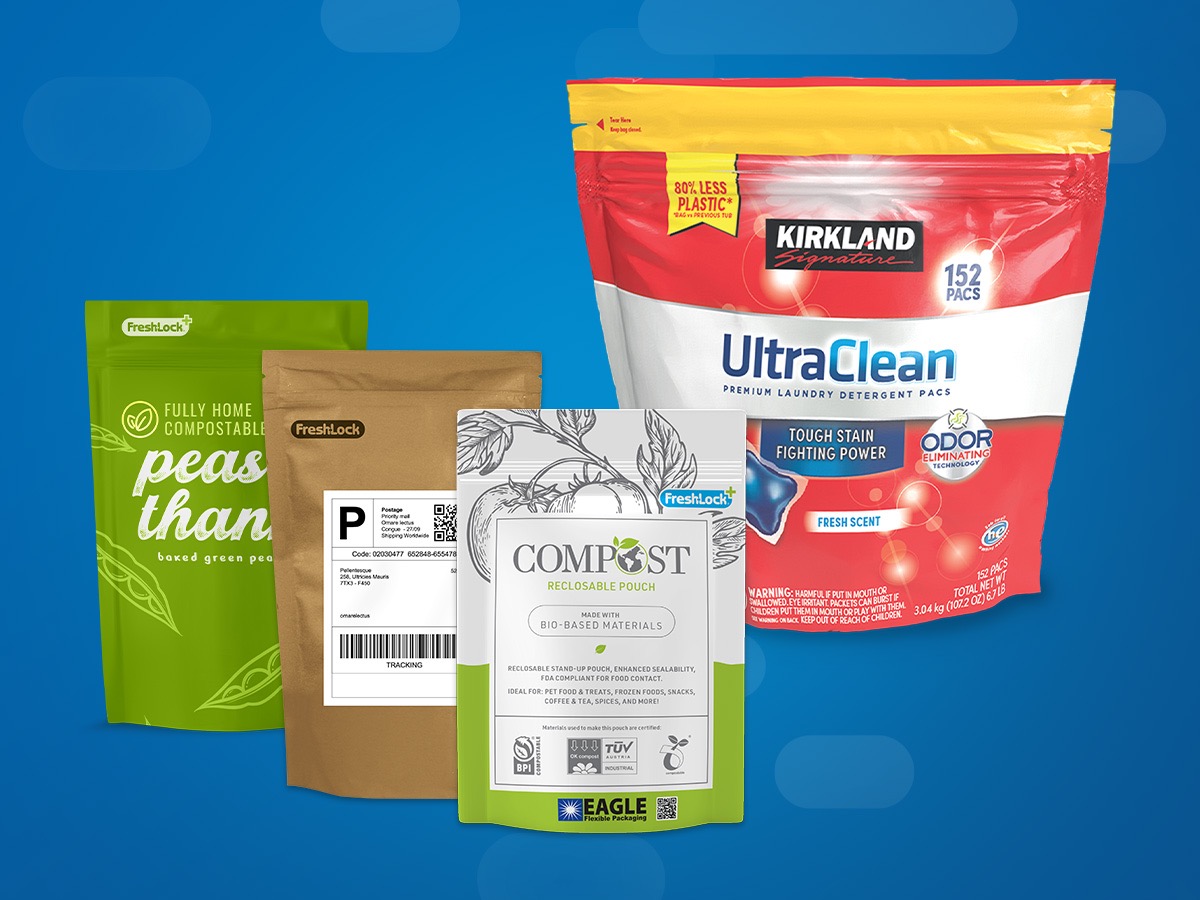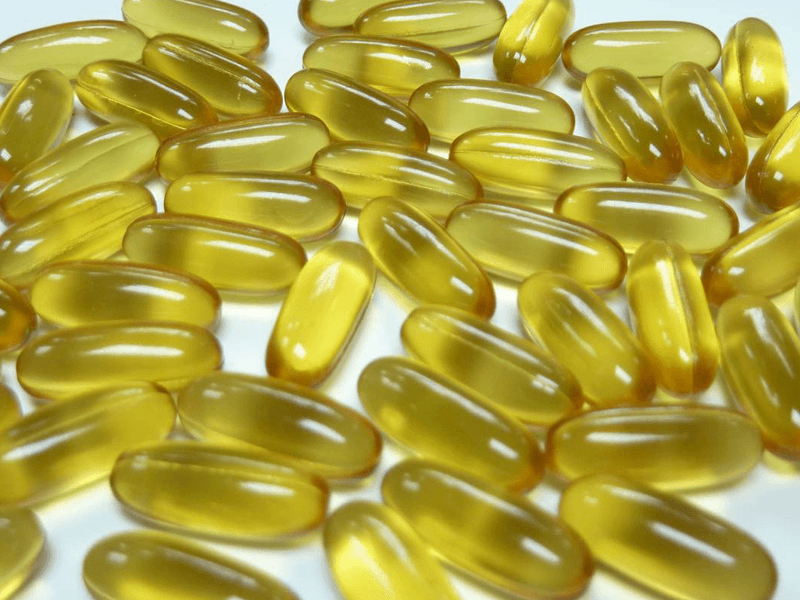
Keeping Kids Safe Around Vitamins and Supplements
Many of us who are parents of young children grew up taking Flintstone vitamins. They were hard and chalky, but they were shaped like Pebbles and Bamm-Bamm with fun colors and flavors.
Maybe you even remember pro wrestler Hulk Hogan shouting about how in order to "be a real American" kids needed to train, say their prayers, and eat their vitamins.
It's no wonder then, that the Millennial generation continues to consume a lot of vitamins and nutritional supplements. Research from Mintel found 73 percent of adults between 25 and 34 take vitamins regularly, and 55 percent believe supplements help them manage their health.
Millennials also see supplementation as a way to keep their kids healthy. More than two thirds (67 percent) of parents with children younger than 12 give their kids vitamins to fill nutrient gaps.
The supplement industry has been growing rapidly at 5 to 7 percent a year, and it's expected to be a $175 billion global market by 2020. That means there are plenty of options for consumers, including many "kid-friendly" vitamins.
The Flintstones are no longer the main players in this game. It's easy to find everything from liquid vitamin D3 to chewable vitamin C and omega-3s gummies. Kids often love these products and will remind their parents to hand them out instead of moms and dads needing to convince little ones to take their vitamins.
Yet, while they may be tasty and provide potential health benefits, there are still safety concerns to keep in mind with children and nutritional supplements.
Kids and Vitamin Safety Risks
Most of us view vitamins and supplements as "natural products" because they may be plant-based and promote a healthy lifestyle. It's easy to forget, that vitamins aren't that much different than pharmaceuticals. That's why nutritional supplements are sometimes called "nutraceuticals."
In an online article for the Wall Street Journal, Dr. John Sotos writes ...
"Biologically, the only difference between a vitamin and a medication is that some amount of the vitamin is necessary for life. Once you go above that amount, however, it is better to think of vitamins as pharmaceuticals, endowed with the potential for both benefit and harm."
You may have heard that the supplement industry is unregulated. That's not entirely true. The Food and Drug Administration (FDA) is responsibility for regulating vitamins and supplements. However, unlike pharmaceuticals, dietary supplements do not need to be FDA-approved before products are marketed and sold to the public. This also means nutraceuticals don't necessarily go through the same types of clinical trials as pharmaceuticals.
There are limitations to the health claims supplement manufacturers can make and requirements for labeling the products appropriately. For example, you'll notice that packages of vitamins almost always include the warning "Keep out of the reach of children."
Because vitamins may have properties and effects similar to medicine, it's crucial that parents follow dosage instructions when giving supplements to children. Giving a child more of a vitamin does not mean it will provide any more of a potential health benefit.
It is extremely rare that vitamins and supplements cause fatalities in children or adults but overdosing can make people sick. Plus, because scientists are still learning about how vitamins and minerals affect the body, the long-term side effects of taking too much of a vitamin are often unclear.
Vitamin toxicity, or hypervitaminosis is a condition that occurs when someone consumes too much of certain fat soluble vitamins leading to a variety of symptoms.
According to St. Joseph Health, these are common symptoms that can occur from overdosing on specific vitamins and minerals.
- Vitamin A - vision problems and clumsiness
- Vitamin D - constipation and muscle weakness
- Vitamins E and K - bleeding problems
- Vitamin B3 - skin flushing
- Vitamin B6 - nerve damage, numbness, and difficulty walking
- Calcium - irregular heartbeat
- Iron - nausea, vomiting, and stomach pain
Certain nutrients, like vitamin C, will be flushed out of the body during urination if a person consumes too much. Others, like vitamin A, are not excreted and can build up in the liver, potentially causing long-term consequences.
Multivitamins provide another factor to consider. Gummy multivitamins have become popular with both kids and grownups. It's tempting for old and young to take more than the recommended amount, but Dr. Kenneth Spaeth of Northwell Health told Buzz Feed that's big mistake ...
"While the recommended amounts pose virtually no risk, consuming an entire bottle of vitamins can cause permanent and serious harm. The body is not able to clear excessive amounts of this type quickly, and the subsequent buildup of high levels can inflict an array of injury to various organ systems, including the brain.”
So, even though gummy vitamins are more enjoyable, they still pose risks and should never be described as candy to children. Safe storage is key, but so is choosing packaging that keeps kids from accessing vitamins and supplements when they shouldn't.
Flexible Packaging and New Safety Measures
By law, dietary supplements containing iron are required to be contained in child-resistant packaging, because there actually is a risk of death with these products. You'll also find many supplement manufacturers are doing the responsible thing and use child safety caps on bottles of vitamins that may be enticing to kids.
A change in the types of packaging on store shelves is making its way to the supplement industry. You may start noticing vitamins as well as many other products are being sold in flexible packaging, like stand-up pouches with resealable closures.
To help keep kids safe, we developed the Child-Guard® slider. As more manufacturers take advantage of flexible packaging, Child-Guard® is a child-resistant closure that can be added to bags and pouches. It helps protect kids and gives parents more time to react in potentially dangerous situations.
You'll find Child-Guard® being used on popular laundry products in which detergent is delivered in individual packets. We believe there are many other uses for this child-resistant packaging technology.
As the prevalence of flexible packaging continues to grow, we have faith that more manufacturers will act responsibly and take steps to protect young children.
As parents and caretakers, you can help spread the word about Child-Guard® and let your favorite brands of vitamins and supplements know you want to see this type of protection when flexible packaging is used.
Like us on Facebook and use the hashtag #guardit to let people know what products you feel could benefit from the Child-Guard® slider.

 Back to Blog
Back to Blog



